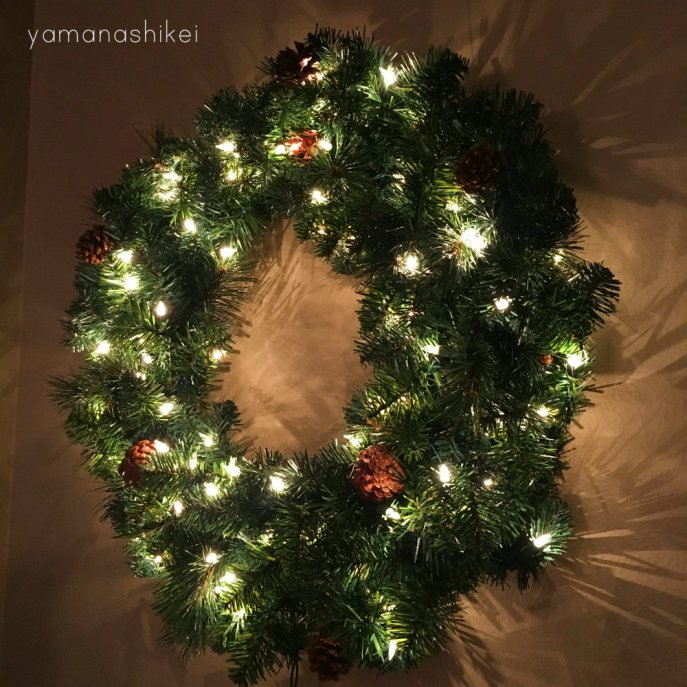お久しぶりです!It’s been a while!
It’s been two years since I’ve updated this blog, because as you probably know life can get busy sometimes! Many things have happened over the course of two years, but most of it is just regular life stuff. I think the most important thing I’d like to share is that my husband and I are expecting a baby this spring!
This is our first child and so there’s a lot to do! We’ve talked about having kids and we are on the same page for most things concerning raising children, but of course there are Japanese vs. American cultural differences we’ve had to work through. I am very happy that we are both very flexible, though, and this has made our journey so far much less stressful. We’ll see what happens once the little one actually arrives of course -(。ノᗨ<。)ノ
Getting Ready
We are currently getting ready for the New Year and the new baby all at the same time. We are ending the old year with 大掃除 (o-soji) or the big New Year’s cleaning. We have cleaned out the room that will be the nursery, and now we are deep cleaning everything from the rugs to the drapes, as well as getting rid of anything we don’t need for the baby or our new lifestyle. As per the Japanese custom, we need to finish up the cleaning before the New Year so that all the dust and grime and clutter will be gone and our New Year will be clean and comfortable.

Once the house is cleaned and ready for the New Year, it’s time to relax and enjoy New Year’s cooking which includes traditional good luck foods known as お節料理 (o-sechi ryori), year-crossing soba 年越しそば (toshi-koshi-soba) just before midnight, and red bean mochi soup おしるこ (oshiruko). I can’t eat raw fish served with o-sechi ryori this year, but I can eat most of the red and white foods like kamaboko (fish cake) and oshiruko (red bean and mochi soup), and I can definitely eat the soba!

We weren’t able to travel to Japan this New Year, so there will be no 初詣 (hatsumode) or first shrine visit of the New Year. However, we can watch the first sunrise 初日の出 (hatsu-hinode) of the New Year from our own home!
New Year Celebration
We spent Christmas with my American family, so we are a bit worn out from the festivities. Japanese New Year is a family-oriented holiday, so now we will enjoy our last New Year as a family of two, relaxing at home. We like to watch the NHK 紅白歌合戦 (Kohaku Uta Gassen) – a televised song competition pitting famous female artists vs. male artists as part of the countdown to the New Year.
This will be our last New Year as a family of two, but I am looking forward to the New Year and what we have in store!
皆さん、あけましておめでとうございます!今年もよろしくお願いします。
Everyone, Happy New Year! I look forward to your support in the New Year!

















